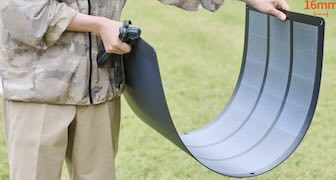Ishikawa, Jan 11 (NHK) - The operator of a nuclear power plant in quake-hit Ishikawa Prefecture says tsunami waves measuring up to about 3-meters high reached the site following a magnitude 7.6 earthquake in central Japan on New Year's Day.
Hokuriku Electric Power Company on Tuesday released the results of its analysis of data from the water-level gauge near the Shika plant's seawater intake as well as the wave gauge near its wharf.
The utility said a tsunami measuring about one-meter high reached areas near the intake and wharf at about 4:35 p.m., 25 minutes after the quake struck. It said a wave about 3-meters high were observed there at about 5:45 p.m.
Other tsunami waves are thought to have reached the site multiple times.
Hokuriku Electric said the waves did not cause safety problems at the plant, which is built 11 meters above sea level and has a 4-meter-tall seawall.
The operator said on January 2 that it had not detected any significant change in the water levels on measuring equipment. But it later said a rise in the levels had been observed.
At the Shika plant, some of its systems that receive electricity from outside are not functioning after pipes of transformers sustained damage in the quake.
The plant is using other means to supply power to critical equipment.
The operator said on Tuesday that it discovered damage to some elements of equipment in a substation and power transmission lines. But it said the damage has no impact on the plant's operations.
Both the No.1 and No.2 reactors at the plant were taken offline long before the earthquake.















